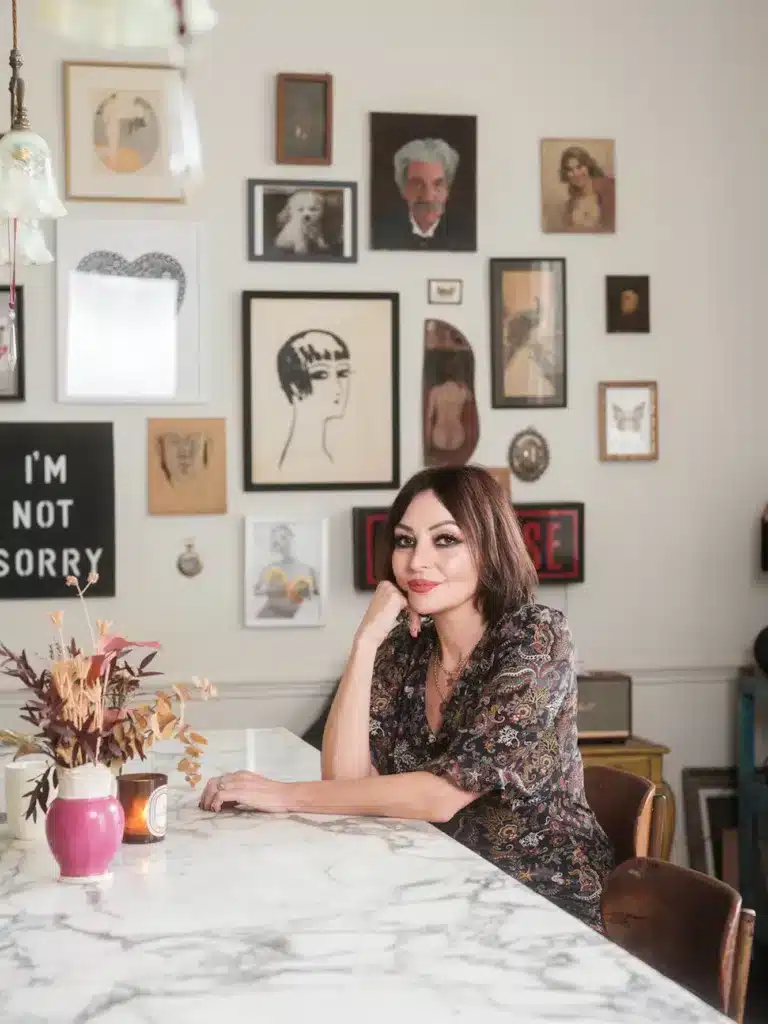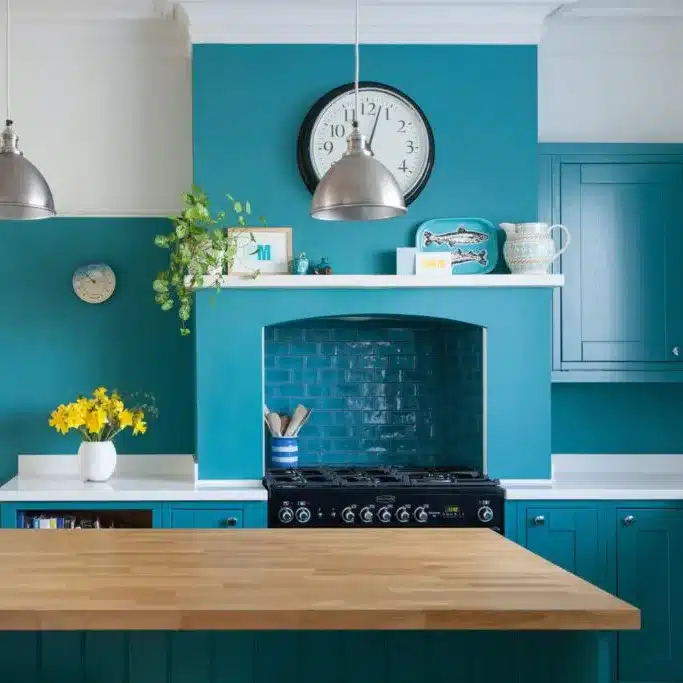Ivan Cardwell, who works with founder of Wabi Sabi Andrew Juniper, on the ethos behind the business and what Japanese interiors brings to Sussex homes
A big question to start, but what is the Japanese definition of wabi sabi?
This is a difficult question to answer. In my experience even the Japanese people that I have spoken to are unwilling to engage in a deep conversation about wabi sabi. The general consensus is that wabi sabi is an aesthetic that focuses on the effect of time and experience. It celebrates the beauty in the patina of life. In some ways, finding beauty within the weathering effect of time’s passage is a skill which allows one to rally against the current tide of avoiding the cycle of life.
Andrew Juniper wrote: “Wabi sabi is an intuitive appreciation of a transient beauty in the physical world that reflects the irreversible flow of life in the spiritual world. It is an understated beauty that exists in the modest, rustic, imperfect, or even decayed, an aesthetic sensibility that finds a melancholic beauty on the impermanence of things.”
When did you first develop an interest in Japanese interiors and what was it that captured your imagination?
I didn’t have much of a relationship with Japanese interiors until I started working at Wabi Sabi. I knew of George Nakashima’s work and interiors and had been party to conversations that brushed on the incredible craft and design that comes from Japan. Andrew came to Chichester College where I was a student studying furniture making and held interviews with some of the students. I went for a training week at his workshop after that and have worked for Wabi Sabi since then. The area that really captured my imagination was the crossover with the English arts and craft movement that I was already fully engaged with, which is the beauty that comes from function. Traditional Japanese interiors tend to be refined to a point that everything included plays a part in the function of the space.

Have you noticed a growing interest in Japanese interiors?
I think that Japan always holds an interest. Because of their history, the culture was allowed to evolve without the influences of the west and I felt the most foreign whilst in Japan. It is not an easily accessible culture and doesn’t have some of the other Asian countries ease for tourism. That said the times that I have visited, I have found the people very welcoming and eager to share their culture and way of life. I think this was aided by being with Andrew and Kuniko [Kataoka, Wabi Sabi designer], who both speak the language and had lived in Tokyo. Interest in the Japanese crafts, processes and interiors have become much more accessible through social media and we have noticed a growing knowledge of the Japanese approach to interior design through these channels.
How great was it for you to be involved with the London Olympics a decade ago?
It seems like a lifetime ago now, but when we were asked to design and make the Japanese athletes’ breakfast and chill out areas we jumped at the chance. The home Olympics was something both Andrew and I were excited about without being directly involved, but to be asked was such a privilege and I hope that we managed to provide a space the helped the athletes feel more at home.
Today, how do you approach a new commission?
Our approach changes based on the needs of our potential clients. Some have a deep and full understanding already of Japanese design and interiors and know what can be expected, whilst others come to us without that knowledge and it provides an opportunity for us to share our understanding of Japan and its design solutions. I like to think that with all our commissions, we approach them with a hope to achieve something beautiful that provides a solution for our clients’ needs.

Do you have a couple of examples of exciting recent commissions?
We have been involved in a beautiful project recently converting an apartment in the Barbican, London, into a Japanese living area. It’s the third time we have had projects in the Barbican, and I love working there. It’s an iconic historic building, although divisive due to its brutalist style, and anyone who has been to central London will have an opinion on it.
We were asked to make some stand-alone speakers to go with our interior in a 1930s Japanese café style. These were made in elm with speaker cloth sourced from Japan that was manufactured in the 30s. I love working with materials created by other people that are so full of soul.
How long have you been based in Halnaker?
Andrew started making furniture from a converted cow shed in Donnington about 20 years ago. I joined in 2007 and we had to extend the workshop to create space for new machines. We started to take on bigger projects and it became apparent that the workshop was too small to house some of the work we were doing. The opportunity to buy two large workshops with some land in Halnaker came up in 2012 and we jumped at the chance. There was an old chicken shed which was on its last legs, so we took the building down pretty much with just the three of us (Josh Kennard worked with us then and now runs Forge Creative from a workshop that Wabi Sabi rents to him). Then we had a building designed that was able to house a 50kw solar system on the roof. This was produced by a company in Birmingham and came to Halnaker flat packed. We then had the job of erecting it. Although stressful, I look back on the four months that we spent erecting the workshop, installing the solar system and building new roads with great fondness. We now have a workshop, in a beautiful setting, that is powered by solar for much of the year. We share the site with other skilled makers, furniture makers and wood and metal workers so there’s an inspiring vibe.

Do you work on many projects in and around Sussex?
Because of the shop location being in central Chichester, Andrew’s initial commissions were based in and around the city. Some of the people that acquired Andrew’s work became patrons of Wabi Sabi. We are still making furniture now for clients in Sussex who have become great friends, 20 years after their first commission.
After having some of his work seen by a company that specialised in high tech electrical installation in renovations mainly in London, Andrew started to make fitted furniture whilst continuing to make stand-alone pieces. I joined and we had a lot of work in London, we install all of our work so we visit lots of different properties. Working in Sussex is always a pleasure, and creating something for the local area allows one a feeling of participation within the community.
What’s next for Wabi Sabi?
A philosophy that we try to keep at Wabi Sabi is to keep aiming for the Nth degree. Always try to improve our products and make them as well as we can to ensure their quality and lifespan. I hope the future holds some more projects, full of spirit and craft, that we are able to contribute to.
Andrew and I spent some time in Toyama with a craftsman called Kenji Komatsu. He taught us the art of sharpening and setting a Japanese plane blade and then the use of such a beautiful tool. We are running short courses now to try and show people here how to use and set a Japanese plane too. We hope to expand this course, called Sane Planing, and teach some of the techniques we have picked up along the way.







